Zakria Hussain
PinView: Implicit Feedback in Content-Based Image Retrieval
Oct 02, 2014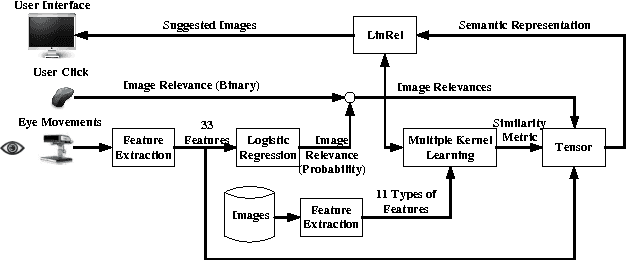
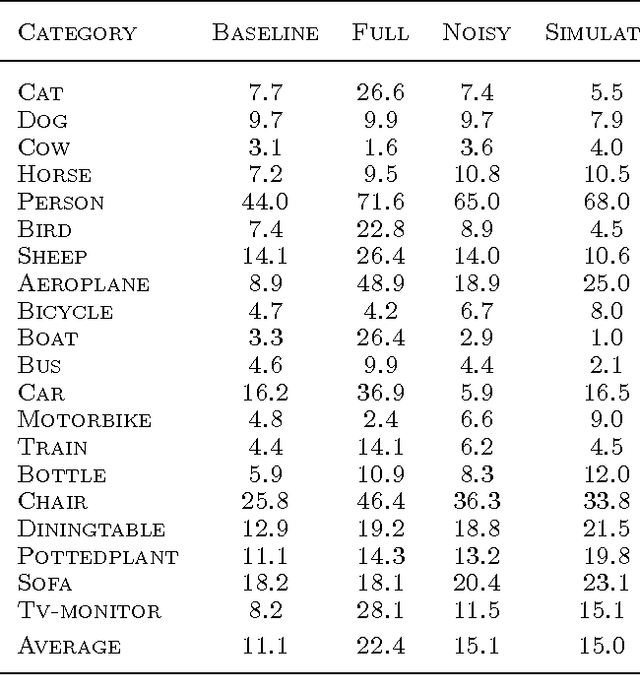
Abstract:This paper describes PinView, a content-based image retrieval system that exploits implicit relevance feedback collected during a search session. PinView contains several novel methods to infer the intent of the user. From relevance feedback, such as eye movements or pointer clicks, and visual features of images, PinView learns a similarity metric between images which depends on the current interests of the user. It then retrieves images with a specialized online learning algorithm that balances the tradeoff between exploring new images and exploiting the already inferred interests of the user. We have integrated PinView to the content-based image retrieval system PicSOM, which enables applying PinView to real-world image databases. With the new algorithms PinView outperforms the original PicSOM, and in online experiments with real users the combination of implicit and explicit feedback gives the best results.
A Note on Improved Loss Bounds for Multiple Kernel Learning
May 12, 2014Abstract:In this paper, we correct an upper bound, presented in~\cite{hs-11}, on the generalisation error of classifiers learned through multiple kernel learning. The bound in~\cite{hs-11} uses Rademacher complexity and has an\emph{additive} dependence on the logarithm of the number of kernels and the margin achieved by the classifier. However, there are some errors in parts of the proof which are corrected in this paper. Unfortunately, the final result turns out to be a risk bound which has a \emph{multiplicative} dependence on the logarithm of the number of kernels and the margin achieved by the classifier.
A Nonconformity Approach to Model Selection for SVMs
Sep 12, 2009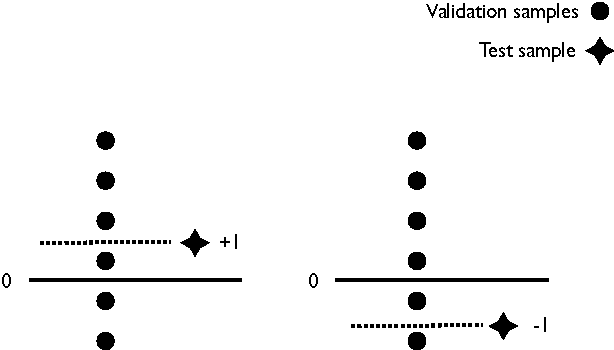
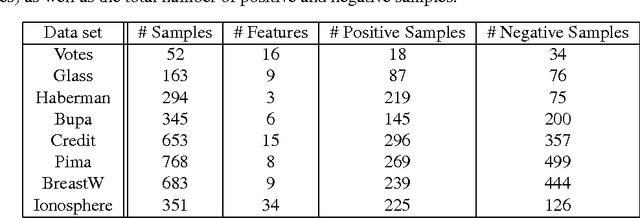
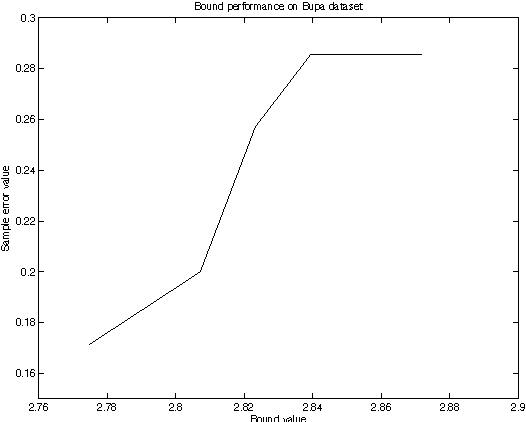
Abstract:We investigate the issue of model selection and the use of the nonconformity (strangeness) measure in batch learning. Using the nonconformity measure we propose a new training algorithm that helps avoid the need for Cross-Validation or Leave-One-Out model selection strategies. We provide a new generalisation error bound using the notion of nonconformity to upper bound the loss of each test example and show that our proposed approach is comparable to standard model selection methods, but with theoretical guarantees of success and faster convergence. We demonstrate our novel model selection technique using the Support Vector Machine.
 Add to Chrome
Add to Chrome Add to Firefox
Add to Firefox Add to Edge
Add to Edge